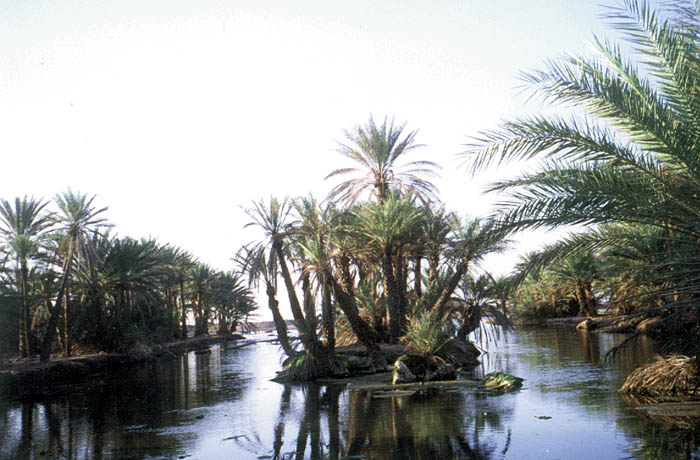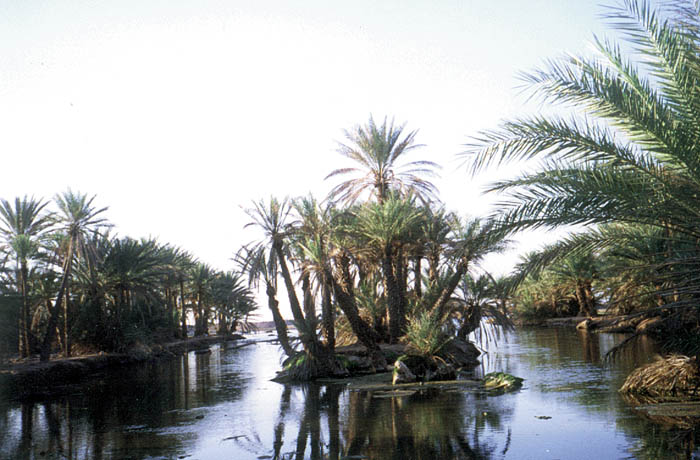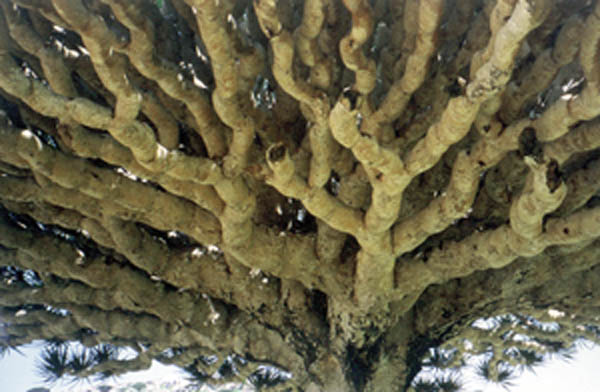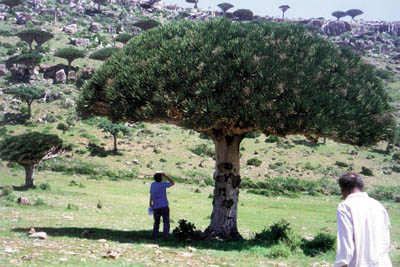
Socotra: Masterplan to Preserve Subtropical Wonderland [Archives:2000/51/Last Page]
December 18 2000

Karen Dabrowska
Socotra, Yemens largest island in the Arabian Sea almost 100km from Aden, is the worlds largest surviving subtropical island with a unique ecosystem which the government is determined to preserve.
A $1 million masterplan study for the Socotra Archipelago has been commissioned by Yemens Environmental Protection Council and the Ministry of Planning & Development. An extensive study financed by the European Commission and undertaken by four international companies: W S Atkins International (UK), the Yemeni Engineering Group (Aden), Macalister Elliot & Partners (UK) and Athens-based Vakakis International has proposed around 80 projects which can be undertaken within a ten year period. Additionally there are 62 small immediate impact ventures which can be carried out with very little money and very quickly.
According to Dr Marcus Chambers, an environmental consultant with W S Atkins, the co-ordinators of the masterplan, some of the islands problems have simple solutions. Children are often absent from school because most of the educational facilities are boarding establishments which do not provide meals. If boarding schools provided meals more children would attend.
There is a need for clothes making which could be greatly assisted through the provision of sewing machines.
The islands water problem could be ameliorated through the construction of karfis. The islanders have been building the karfis but the cottage industry could expand with greater community involvement and technical advice.
The masterplan contains detailed recommendations for community development and projects concerned with wildlife, the environment, health, education, the use of water resources, livestock, fisheries, tourism and infrastructure.
The fishing industry is in urgent need of refrigeration and cold storage facilities. A product handling, processing and storage project will develop a basic cold chain for the archipelago to permit long-term storage of fisheries products.
Tourism in Socotra is still in its infancy and is based largely on the natural assets of the island, its scenery, exceptional flora, fauna and marine life, the climate and the thriving and friendly culture of the Socotri people. The study points out that in view of the sensitivity and importance of both the natural resources and peoples culture and the lack of a conventional tourist infrastructure, discussion in the recent past has been on the potential for the development of eco-tourism.

Dr Chambers emphasized that the projects in the masterplan must be in line with government policy and the wishes of the local people. Earlier this year, at the conclusion of phase one of the masterplan, a workshop chaired by the deputy minister of planning, was held in Sanaa to identify priority areas for development in the second phase which began in September. It was agreed to focus on support to the local authority, institutional arrangements for environmental management, preparation of structure plans and regulations for general use zones, a roads plan, a fisheries feasibility study, tourism, livestock development and the production of land use maps.
Socotra expert, Dr Miranda Morris who is assisting with the preparation of the masterplan and working on a book on the traditional life style and land use on the island described Socotra as a cosmopolitan mix of adventurers, tribes, seafarers, merchants and mercenaries. Unlike most of the war-like people of the Arabian Peninsula, the socotris have a tradition of non-violence and the ability to defuse arguments is lauded. Children are brought up to be sensitive to atmosphere and as adults they become adroit in averting potential conflict.
The origin of the islands name, like the island itself, is obscure. Arab writers have referred to it as suq qatr, the Emporium of Resin, but it probably derives its name from Sanskrit for the Island of bliss, dvipa sakhadara. This in turn may be a version of Dh Skrd which appears in South Arabian inscriptions and seems to have given the Greek geographers their home-grown sounding name for the island, Dioskurida. The dragons blood tree with branches bursting out of a central trunk, is the islands official emblem.
Saint Thomas was shipwrecked on Socotra, while en route to India and is said to have converted the Socotris to Christianity. Around 600 AD Christian missionaries were sent to mainland Yemen by a Socotri bishop.
In the 1st century AD a Greek sailor wrote :It is desert and marshy, having rivers in it and crocodiles and many great snakes and lizards. This island yields no fruit, neither vine nor grain. The inhabitants are few: a mixture of Arabs, Indians and Greeks who have emigrated to carry on trade. It produces the true sea tortoise and the white tortoise and is subject to the King of the Frankincense Country.
By the first century AD Arabians were not only trading with Socotra but had settled in its ports.
Medieval writers did their best to shroud the island in a mist of dubious or downright incredible facts. Ibn al-Mujawir says that for six months of the year the Socotris were forced to play host to pirates, who would make free with the local girls. For defensive reasons, the islanders took to sorcery and when the late 12th century Ayyubids sailed to the island with five warships it was allegedly magicked out of sight. A century later, Marco polo reported that the Socotris were the best enchanters in the world who could summon winds at will. Today witches and traditional headers still go about their business.

The island fades out of historical manuscripts until 1507 when a Portuguese naval expedition set foot on its beaches. Their stay was short-lived, many died from malaria or drowned in the heavy surf along the rocky northern coast. The morale of those who survived was sapped by the harshness of the climate and they left in 1512 leaving the island isolated until 1800, when the Wahhabis landed bringing with them their unequivocal Islamic faith.
Some 30 years later, it was the turn of the English. Firstly there was a series of survey visits by Lieutenant Wellsted of the East India Marine Service. At the beginning of the 19th century there were plans for making Socotra a regular stop near the mouth of the Red Sea but when a number of sailors succumbed to fever this idea was abandoned.
The scientists were not deterred however and at the turn of the century two English scientific expeditions, one led by Professor Balfour, the other by Dr Forbes, Director of the Liverpool Museum, visited the Island.
During the Second World War, Socotra featured briefly again on the world stage, a small allied garrison being stationed there. At the end of the war the British decided there was a need to up date their knowledge of the Socotri people and the island for the only existing map was produced in 1835 by the East India Companys Marine Service.
Reconnaissance expeditions visited the island in 1957 and during the 1960s. Peter Boxhall led two of the expeditions which resulted in a new map produced by the Royal Geographical Society and a number of comprehensive archaeological, botanical, entomological, geological and linguistic studies.
We set up our base camp near Suk, a large fishing village on the north coast, Boxhall recalls. Inhabited mostly by Africans, the village comprised a collection of stone huts, roofed with palm fronts and one-room mud and coral houses set among palm trees in Wadi suk. On our way through the village we stopped to observe the small enclosed tobacco plantations with dwarf cows wandering aimlessly about. I believe they are unique to the island.
Boxhall also describes the badu, the original inhabitants of the island who have little in common with the traders of the mainland ancestry, fishermen and the people of African origin.
The badu live in simple stone houses or in walled-up caves, abandoning these from time to time in search of water for their goats and sheep. Their diet consists of rice, dates and goat meat and they have few possessions apart from clay pots for cooking, goat-skins for water, goat hair blankets, a pipe, some green tobacco and a set of knives.
——
[archive-e:51-v:2000-y:2000-d:2000-12-18-p:./2000/iss51/lastpage.htm]


